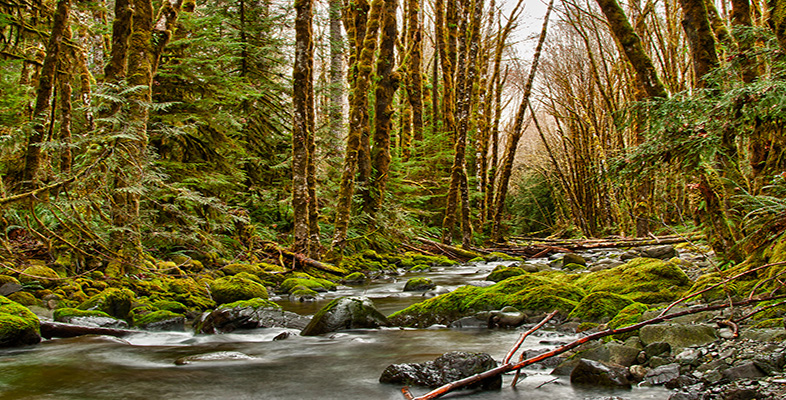2 Ecosystems
2.1 Where to start?
There is a problem with any attempt to take an ecological approach to the biosphere as a whole. It is so incredibly complicated and diverse that it is difficult to know where to begin. The number of living and non-living components defies description, and the number of possible interactions boggles the mind. There is also the problem of scale. Do we start with weather patterns that cover the whole globe, examine the impact of human settlements on the wildlife of the Gobi desert, or start by investigating the behaviour of ladybirds feeding on greenfly on a rose bush?
One approach to the investigation of anything big and complicated is to break it down into smaller, more manageable parts. We can then study these smaller chunks at a scale and level of detail that suits our purposes. This approach to complexity is called reductionism, because it involves reducing complex things to a collection of simpler parts. We can then take what we learn about how things work in the smaller parts and use it to try to understand the system as a whole.
An ecosystem (from ‘ecological system’) is a collection of living things and the environment in which they live. The size and boundaries of an ecosystem, the bits to be studied, and the interactions to be investigated, are all determined by what we want to know. So an ecosystem can be large (a rainforest) or small (a pond) – and large ecosystems can often be broken down into a number of smaller ones. The important thing is that ecosystems are produced by living organisms interacting with each other and the physical environment.
Remember, all ecosystems involve:
living organisms
a physical environment (land, water, air)
a source of energy to make the whole thing work.
For almost all of the Earth's ecosystems the ultimate source of energy is light from the sun.
Activity 3
This section has introduced a number of terms and definitions: for example, ecology, ecosystem, organism, environment, habitat. Some, perhaps all, of these words may be new to you. One way to record them for future use is to construct a glossary, in which you jot down important terms and notes about their meanings.
Use a notebook and write down the term and some notes that explain what it means. What you write must mean something to you. Trying to write your own definition, in your own words, will help you to check your understanding. Remember to allow some space so that you can add to, or change, your definitions as you work your way through the course. Think of the glossary as a working document, and don't worry about making it too neat and tidy.
Discussion
Here are a few glossary entries. They are just examples, and yours may be quite different. The important thing is to think about what the terms mean, and to produce definitions that will remind you of the main points when you return to them.
Biosphere: the portion of the Earth and its atmosphere that supports life.
Ecosystem: living things/physical environment/source of energy (e.g. rainforest, pond).
Reductionism: reducing complex things into a number of smaller parts.
